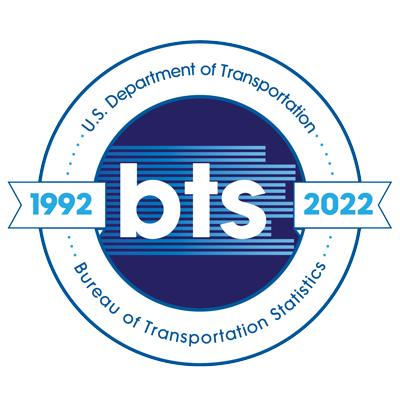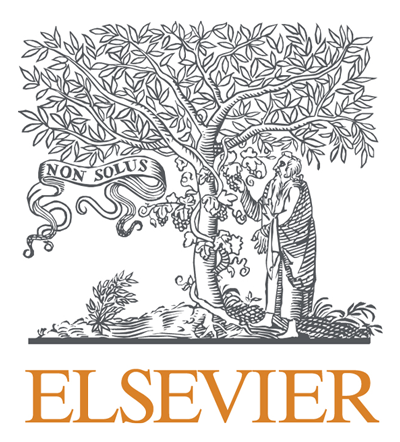Modeling emergency response likelihood based on GPS trajectory data
Topics:
Keywords: emergency response, modeling, movement trajectory
Abstract Type: Paper Abstract
Authors:
Yanan Wu, The University of Texas at Dallas
May Yuan, The University of Texas at Dallas
,
,
,
,
,
,
,
,
Abstract
Understanding the underlying causes of delay for emergency vehicles (EVs) is critical for establishing effective strategies to efficiently provide medical care to people in need. The local environment constrains EVs’ movement and further triggers the delay in the arrival of emergency assistance. We quantified the delay scenario for emergency dispatch based on retrieved GPS data from Dallas-Fire-Rescue data. Through a case study of emergency delays in the city of Dallas, this study proposes a framework for modeling the successful dispatch probability of the emergency event that happened to a given location based on historical emergency trajectory and several geographical features. These geographical features represent time, site, and situational characteristics and are used to model the likelihood of emergency dispatch for an emergency incident. First, we focused on examining the variability in the EVs dispatching routes and then deriving measures to analytically quantify the similarity between the routes for different origin-destination pairs. Second, we discern the unsuccessful runs (beyond the expected 8 minutes) and successful runs (within the 8 minutes) and use the machine learning methods to identify features that may contribute to the runs, for example, space syntax (e.g., integration and choice), road-network properties (e.g., lane width), and surrounding spatial features (e.g., POI). Finally, the selected effective features can then be used as predictors for future vehicle routing. The spatiotemporal analysis of EV signals the influence of potential geographic factors on EV runs. The proposed framework provides the practical foundation to allow decision-makers to prepare an effective route selection.
Modeling emergency response likelihood based on GPS trajectory data
Category
Paper Abstract








